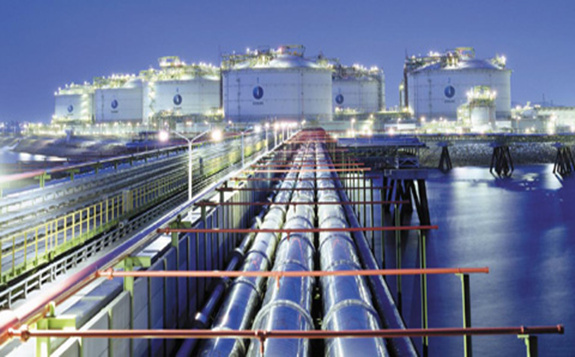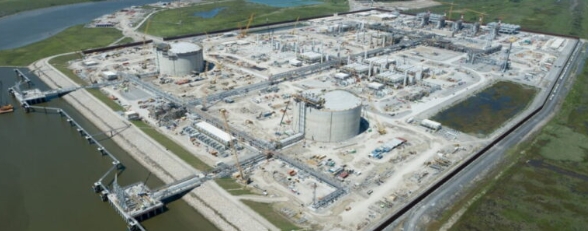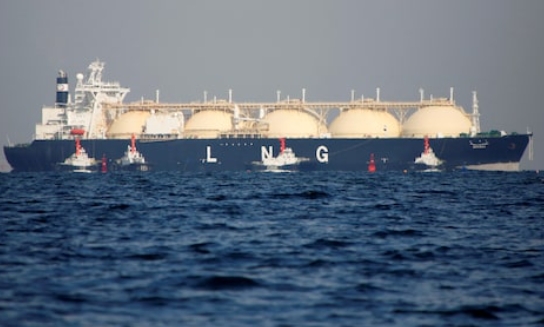The South Korean government is planning to reduce the number of nuclear power plants in South Korea to 17 and halve the number of coal power generators to 30 by 2034. Four-fifths of the coal power generators scheduled to go out of service will be turned into LNG generators.

Those in the energy industry, however, are pointing out that the plan is too optimistic and the government is giving no consideration to the price of electricity, ultrafine particulate matter emissions, demand-supply instability, etc.
The government implemented seasonal particulate matter control from December last year to March this year in order to reduce particulate matter emissions. It used LNG to offset the resultant shortage of power generation.
The thing is, the cost of LNG power generation is high. According to Korea Electric Power Corporation (KEPCO), the LNG purchase cost was 115.6 won per kilowatt-hour in February this year, when that of bituminous coal was 91.29 won. In addition, that month, the unit costs of hydroelectric power generation and nuclear power generation were 107.83 won and 60.84 won, respectively.
Another variable is the ongoing low oil price trend. The LNG price changes in line with the international oil price and this means a rebound in oil price can lead to an increase in LNG power generation cost in the long term. South Korea currently imports 100 percent of the LNG it uses and, as such, more LNG power generation can result in more risks related to supply and demand although the JKM index indicating the LNG price in Northeast Asia dropped from US$9 to US$2 per MMBtu from early January 2019 to late last month.
Another problem is posed by various policy costs that will increase in the process of renewable power generation expansion. The government is currently using the Renewable Portfolio Standard for the expansion and the standard forces major power producers to maintain a certain ratio of renewable power generation. As the ratio goes up, the financial burden of KEPCO as a power purchaser cannot but increase, and then the burden is likely to be shifted onto consumers.
According to the government’s prediction, the average annual increase in South Korea’s power demand is 1 percent from this year to 2034. However, many point out that the prediction is groundless. “Although economic and industrial activities have shrunk due to COVID-19, its impact on the power demand is likely to disappear within this year,” one of them mentioned.







